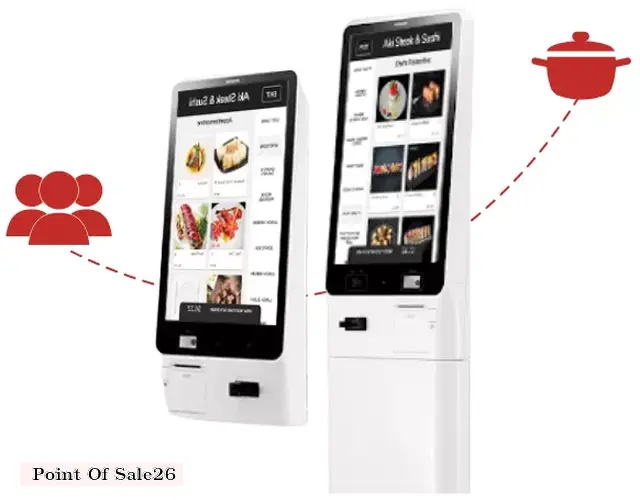

Definition:
A point of sale (POS) system is a computerized system that facilitates the processing of customer orders, payments, and other transactions at a restaurant. It serves as the central hub for managing all aspects of the restaurant's operations, from order taking to inventory tracking.
Components of a POS System:
Benefits of a POS System for Restaurants:
Types of POS Systems:
Choosing the Right POS System:
When selecting a POS system for a restaurant, consider the following factors:
Conclusion:
A POS system is an essential tool for any restaurant looking to improve efficiency, enhance the customer experience, and increase profitability. By carefully selecting and implementing the right POS system, restaurants can streamline their operations, gain valuable insights, and stay competitive in the ever-evolving restaurant industry.
DISCLAIMER: This information is provided for general informational purposes only, and publication does not constitute an endorsement. Kwick365 does not warrant the accuracy or completeness of any information, text, graphics, links, or other items contained within this content. Kwick365 does not guarantee you will achieve any specific results if you follow any advice herein. It may be advisable for you to consult with a professional such as a lawyer, accountant, or business advisor for advice specific to your situation.

today
Copyright © 2025 Kwick365.com
Designed by KwickPOS is the best restaurant POS